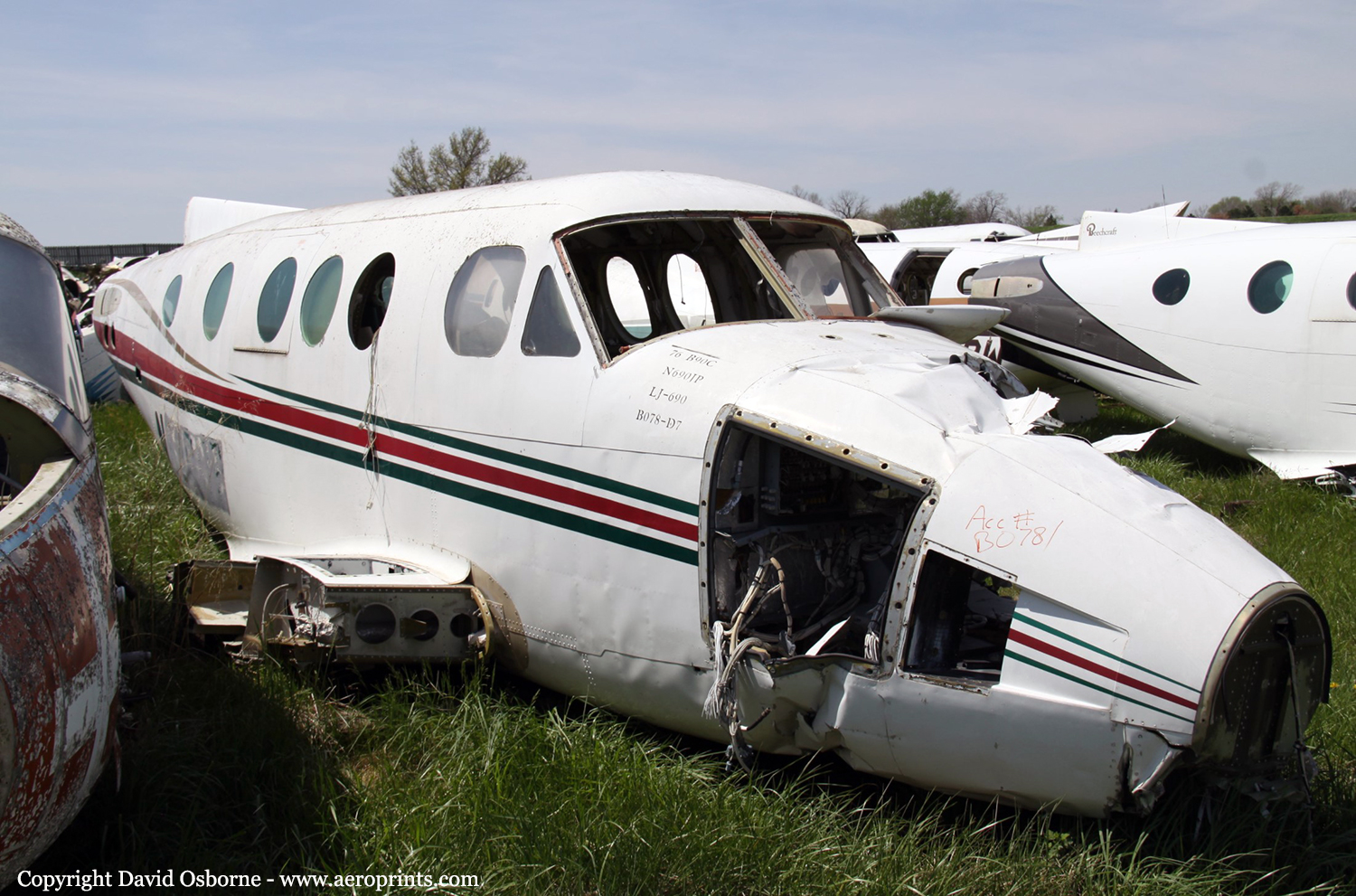Crash of an IAI 1124A Westwind II in Taos: 2 killed
Date & Time:
Nov 8, 2002 at 1457 LT
Registration:
N61RS
Survivors:
No
Schedule:
Las Vegas - Taos
MSN:
384
YOM:
1983
Crew on board:
2
Crew fatalities:
Pax on board:
0
Pax fatalities:
Other fatalities:
Total fatalities:
2
Captain / Total hours on type:
877.00
Copilot / Total hours on type:
682
Aircraft flight hours:
3428
Circumstances:
After passing the initial approach fix, during an instrument approach to the destination airport, radar and radio contact were lost with the business jet. One witness reported hearing "distressed engine noises overhead," and looked up and saw what appeared to be a small private jet flying overhead. The engine seemed to be "cutting in and out." The witness further reported observing the airplane in a left descending turn until his view was blocked by a ridge. The witness then heard an explosion and saw a big cloud of smoke rising over the ridge. A second witness heard a loud noise and looked up and saw a small white airplane with two engines. The witness stated that the airplane started to turn left with the nose of the airplane slightly pointing toward the ground. The airplane appeared to be trying to land on a road. A third witness heard the roar of the airplane's engines, and looked toward the noise and observed the airplane in a vertical descent (nose dive) impact the ground. The witness "heard the engines all the way to the ground." Examination of the airframe and engines did not disclose any structural or mechanical anomalies that would have prevented normal operation. The National Weather Service had issued a SIGMET for severe turbulence and mountain wave activity. Satellite images depicted bands of altocumulus undulates and/or rotor clouds over the accident site.
Probable cause:
The pilot's inadvertent flight into mountain wave weather conditions while IMC, resulting in a loss of aircraft control.
Final Report:


